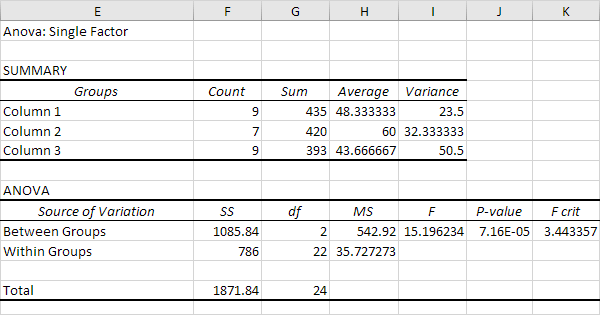

With these packages, other arguments are available, Global option, we tell modelsummary to use theĮasystats/ parameters packages instead ofīroom. Users can also can also use aĭifferent “backend” to extract information from model objects: theīroom package. By default, additional arguments are pushed forward to.The function which extracts model estimates.You can include setting omit = FALSE:Īll arguments passed by the user to a modelsummaryįunction are pushed forward in two other functions: As you can see, omit = TRUE for quite a number Modelsummary uses to subset and reorder goodness-of-fit You can see an example of a valid data frame by typing fmt: a string which will be used to round/format the.clean: a string with the “clean” name of the statistic.raw: a string with the name of a column produced by.Often be useful if, for example, you want to display confidenceĪ more powerful mechanism is to supply a ame (or The minute change will forcibly output all manuscript values to 2 decimal places.Setting statistic=NULL omits all statistics. Modify the default inline_hook for knitrĪfter seeing a StackOverflow answer by Josh O’Brien, I realized that the default inline_hook function for knitr could be easily modified to use the sprintf() command instead of round(). \documentclass in the manuscript - but then what’s the advantage of using knitr? This hack unnecessarily complicates the manuscript and distracts from the writing process. We want to take the values from an R table, which has the breakdown of participants by gender and ethnicity, and display them as numbers in our manuscript. The basic example below contains the beginning of a hypothetical Methods section of a manuscript. In this post, I’ll detail my proposed method of fixing that which can be applied to your entire mansucript by editing the beginning of your knitr preamble. However, as we’ll see, both knitr and Sweave can run into problems when formatting your table values to 2 decimal points.

One advantage of knitr is that the researcher can easily create ANOVA and demographic tables directly from the data without messing around in Excel.

knitr is an R package designed as a replacement for Sweave, but both packages combine your R analysis with your LaTeX manuscript (i.e., knitr = R + LaTeX).
#Make anova table rmarkdown code
In order to faciliate the combination of statistical code and manuscript writing, two R packages in particular have arisen: Sweave and knitr. One way of producing reproducible research is to use R code directly inside your LaTeX document.
#Make anova table rmarkdown full
In doing so, the experimental design and method of analysis is easily replicated by unaffiliated labs and critiqued by reviewers as the full analysis used to produce the results is submitted along with the final paper. Reproducible research is a phrase that describes an academic paper or manuscript that contains the code and data in addition to what is usually published - the researcher’s interpretation.


 0 kommentar(er)
0 kommentar(er)
